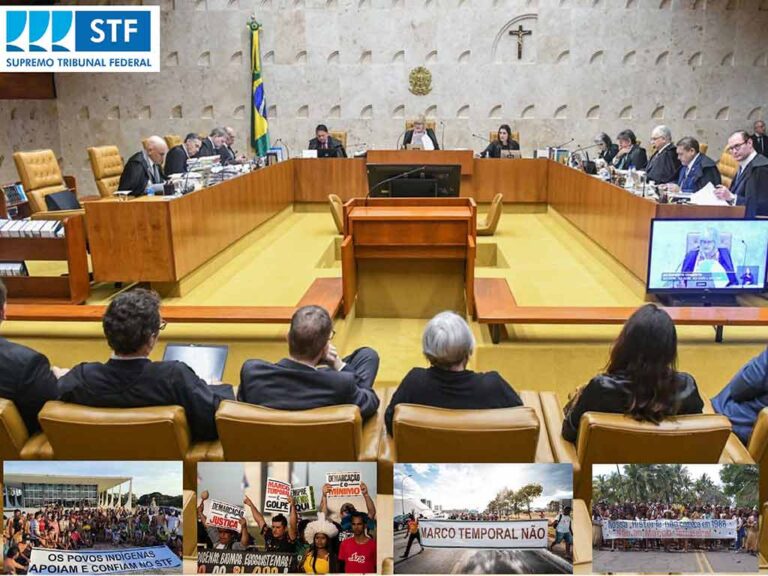The court suspended on August 31st the analysis of the controversial thesis, which establishes that the natives only have the right to the possessions, traditionally occupied by them, on the day of the promulgation of the Constitution, on October 5th, 1988.
The initiative is an interpretation of article 231 of the Constitution, in which “indigenous people, their social organization, customs, languages, beliefs and traditions are recognized.” It says that “the original rights over the lands that they traditionally occupy, corresponds to the Union to demarcate, protect and enforce all their assets.”
For the ancestral communities, which reject the temporary framework, the historical possession of a land is not necessarily linked to the fact that a group of people occupied a certain region on October 5th, 1988, and they detail that many peoples are nomadic and others were removed from their domains by the military dictatorship (1964-1985).
According to aboriginal leaders, the temporary framework excludes the historical and cultural reality of the natives and violates international treaties signed by Brazil, such as the United Nations Declaration of Indigenous Peoples and Convention 169 of the International Labor Organization. The right to land, as well as their rights, is non-negotiable, and its history does not begin in 1988, they stressed.
President Luiz Inácio Lula da Silva signed the demarcations of two new indigenous lands on Tuesday on the occasion of the Amazon Day. The decree formalizes the native possession of Rio Gregório, in Tarauacá, in the state of Acre (northwest of Brazil), which now belongs to the Katukina and Yawanawá peoples; and Acapuri de Cima, in Fonte Boa, in the Amazon, now in possession of the Kokama community.
After the signing, the ruler pointed out that “the Amazonian people deserve to have their rights guaranteed for a better life.”
jrr/llp/jha/ocs










